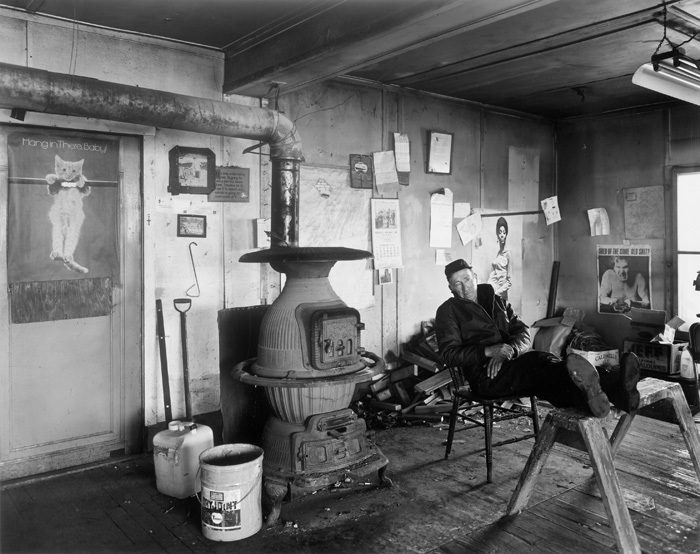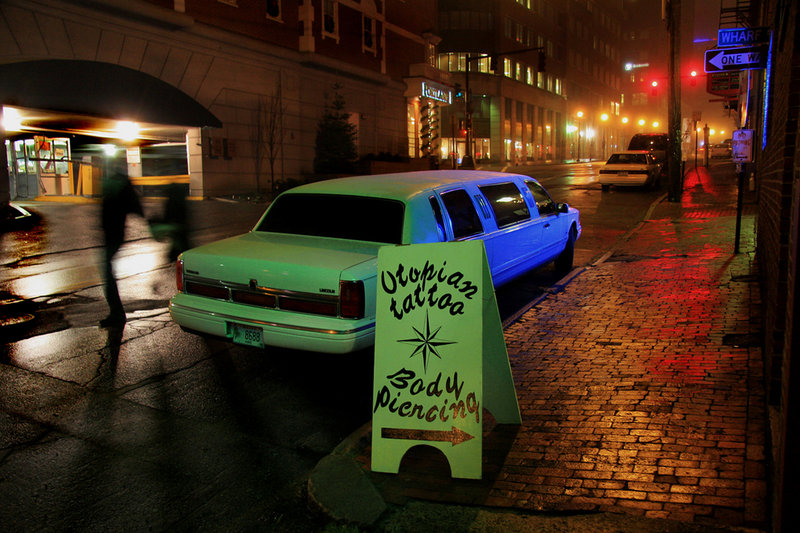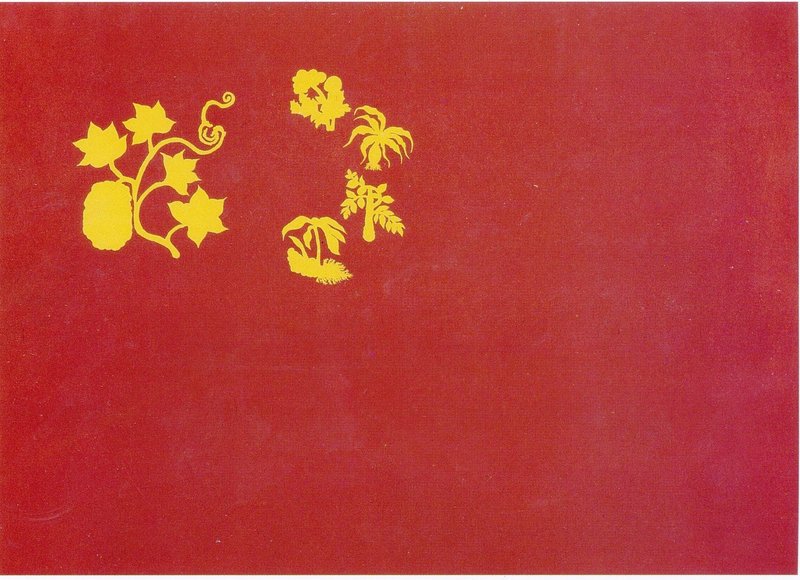I don’t give shopping advice. Like everyone else, I pay my money and I take my chances. But I’m a pretty deliberate person when it comes to art, and my acquisitions usually bolster my persona. Today, in aid of those whose personas could stand a boost, I’m going to descend from my perch and say a few words about buying. I do this for multiple reasons, but more of that later.
I suggest that you give thought to acquiring some work — an item of some kind — that relates to the wonderful Vinalhaven Press. The Press was a glory of Maine. From 1984 to 2002, its island studios offered facilities and encouragement to a succession of artists who had the fortitude to try their hand at contemporary printmaking. The initiates ranged from international stature to gifted, but not fully seasoned. The common thread was the fact that few, if any, had applied themselves to the discipline of producing an edition of prints.
The technologic possibilities of our time are bewildering, and an edition implies a conviction that a work is worthy of multiple distribution. The bar here is much higher than anyone who has not made a print can comprehend. Prints are little miracles, and printmakers are grand heroes of the arts. It is ironic that one of the medium’s principal virtues — multiple copies — diminishes their stature in the eyes of the unenlightened.
As Vinalhaven bait, I offer the names Robert Indiana, Alex Katz, Komar & Melamid, Mel Chin, Robert Cummings and Charles Hewitt, all alumni of the Press. Some made single editions; others made several. Other names are not as recognizable, but all who worked at the Press did so under the eyes and hands of a series of professional master printers. Their discrimination and the application of their skills are under-declared supports for many of the editions. Professional fine-art printing is not a vocation for persons with big egos.
All of this came to pass under the inspiration, guidance, courage, support and devotion of Patricia Nick. An undertaking of the magnitude of the Vinalhaven Press is a contribution to the cultural life of our times. Its accomplishments in fine-art printmaking are a tribute to Nick that enlarges with time.
After the Press ceased operations, its archives were acquired by the Smithsonian Institution. However, the Press retained some finished prints and a great deal of unique material relating to the production of the prints. Among the latter are proofs, preliminary drawings, color trials, wood blocks, etching plates, linoleum blocks and more.
They are items that, in addition to their aesthetic merit, are intensely interesting as factors in a process. For example, there is a full-scale drawing by Indiana for his print “For Friendship,” a tribute to Marsden Hartley. The drawing, a brilliant abstraction, is replete with specific instructions to the printer in Indiana’s hand. Artifacts such as this almost never come on the market.
Now, to get back to shopping suggestions. The material retained by the Press is being offered for sale with a portion of the proceeds going the Portland Museum of Art to enhance its contemporary art fund. Many of the principal items can be seen at the June Fitzpatrick Gallery at MECA, while the balance of the material can be seen at a nearby ancillary gallery upon request at the Fitzpatrick. It is not a complex arrangement. The items are fascinating because of their fusion of art and history, and once gone, they will be gone forever.
And now a disclosure: in the early 1990s, I was invited to spend a few days at the Press. While there, I made two prints, one of which I am unashamedly delighted with. As to the other, it would have been better had it not been made.
PORTLAND PHOTO SHOWS
Two photography shows involve the fabric of Portland. Each is interesting in documenting the city. The old buildings are there, and so are some of the then young or old people.
As trips down memory lane or as voyages of discovery, both are worthy of visits. However, although it may not be easy to do so, the shows can be separated from their sentimental associations and looked at as achievements in the art of photography.
• I begin with the smaller of the two, “Heart of the City, Photos of Portland” by Dave Wade. The show is at the Portland Arts & Cultural Alliance, an exhibition space that is new to me.
Wade’s work is principally in color, and often made in the darkness of night. In it, he discloses a hidden city. There are few — and often no — people on its streets. There are lights, but they are conceited; they exist for themselves. Only a few identify structures; others are simply marks against forms that hide their identity.
I don’t stay on the streets late enough, don’t get on them early enough, and stay off them in snowstorms. Wade’s dark Portland is the Portland of cab drivers, police, fishermen and employees at Becky’s Diner. He has memorialized the latter establishment in a particularly handsome image.
• The second show is “Seeing Portland — 1970 to 1984” at Zero Station. Its scale and quality would be becoming to any institution in these parts.
The show is a remarkable accomplishment for a private gallery. It covers a period of time in which much of the earlier — and progressively feeble — fabric was still intact.
What initiated these images among nine locally-connected photographers? Were they intuitively the first half of what could become “before and after”? That ascribes prescience when it reportedly didn’t exist.
The images are, I think, aesthetic responses to subjects that are intrinsically interesting and often fragile. I think that fragility must have been an impulse behind the work.
The appeal is powerful and clearly formal. The forms are blunt, often frontal, and reflect the architectonic geometry of the times. These are classically made images of a high order and, in some cases, printed on the silver-rich paper of the time.
The remarkable thing is that so many of the nine participants responded with the same verve to the physical city. The show does not propose this as a renaissance, but it was certainly a fine moment in local traditional photography.
I have dealt with the images of places and objects in the prints and not with the images of people. That is another subject.
However, I cannot leave without mentioning Jeffrey Stevensen’s heart-tugging image of Vinny Cavanaugh in his boat shop. It is utterly beautiful, and contrasts with the geometric rationalism of his architectural work.
Here, in black and white, is photography for all seasons.
Philip Isaacson of Lewiston has been writing about the arts for the Maine Sunday Telegram for 45 years. He can be contacted at:
pmisaacson@isaacsonraymond.com
Send questions/comments to the editors.





Success. Please wait for the page to reload. If the page does not reload within 5 seconds, please refresh the page.
Enter your email and password to access comments.
Hi, to comment on stories you must . This profile is in addition to your subscription and website login.
Already have a commenting profile? .
Invalid username/password.
Please check your email to confirm and complete your registration.
Only subscribers are eligible to post comments. Please subscribe or login first for digital access. Here’s why.
Use the form below to reset your password. When you've submitted your account email, we will send an email with a reset code.